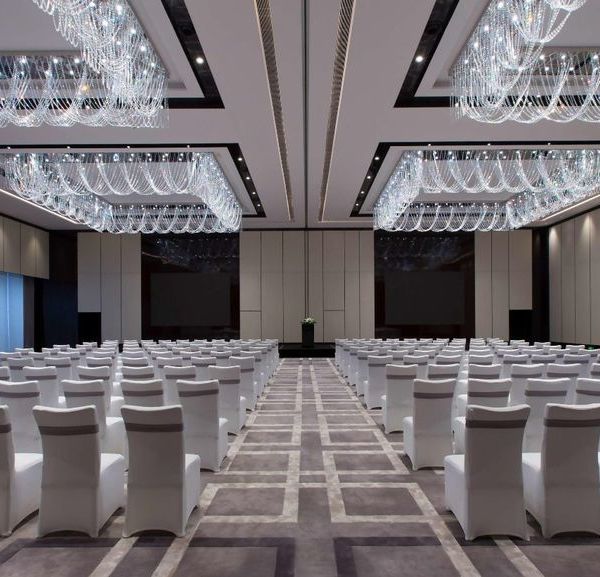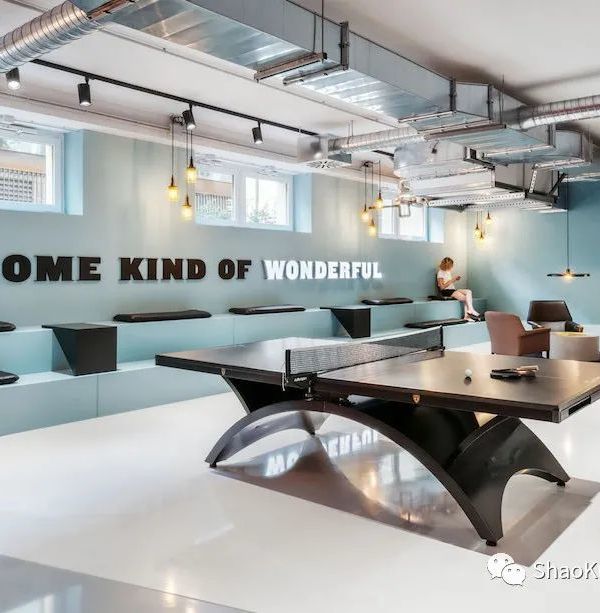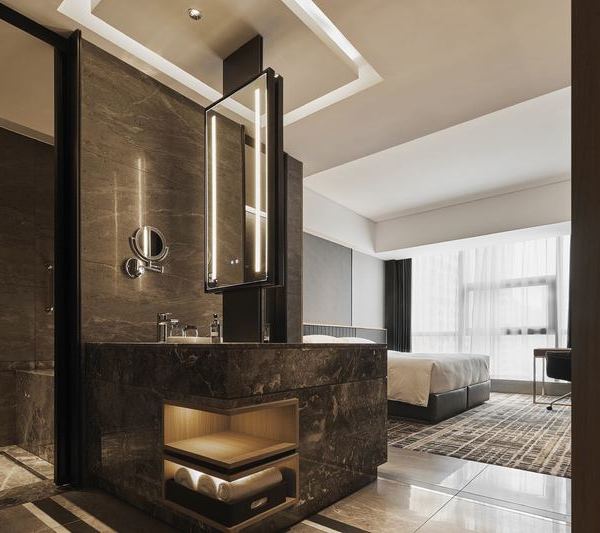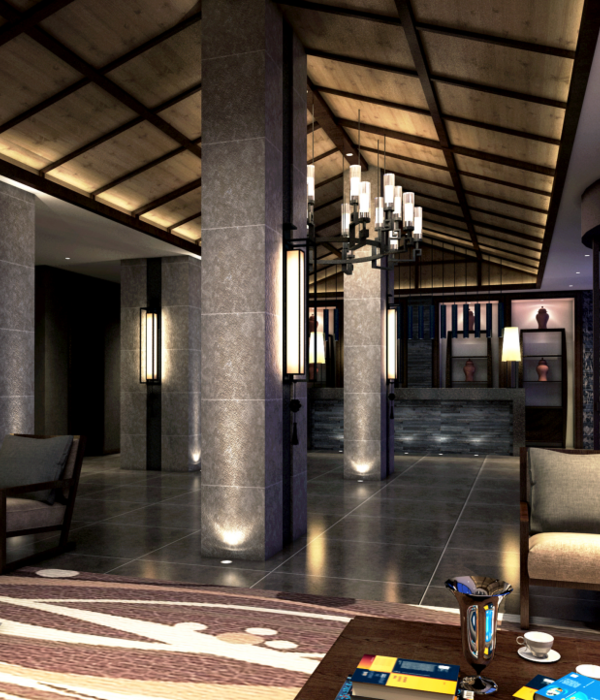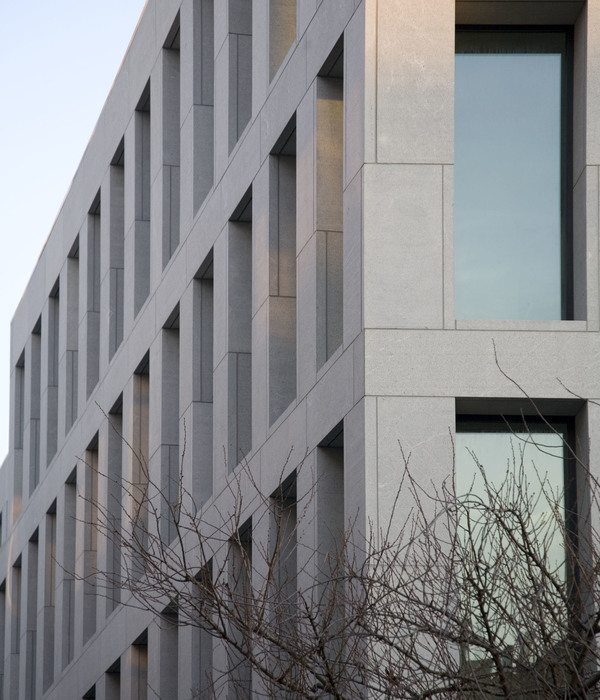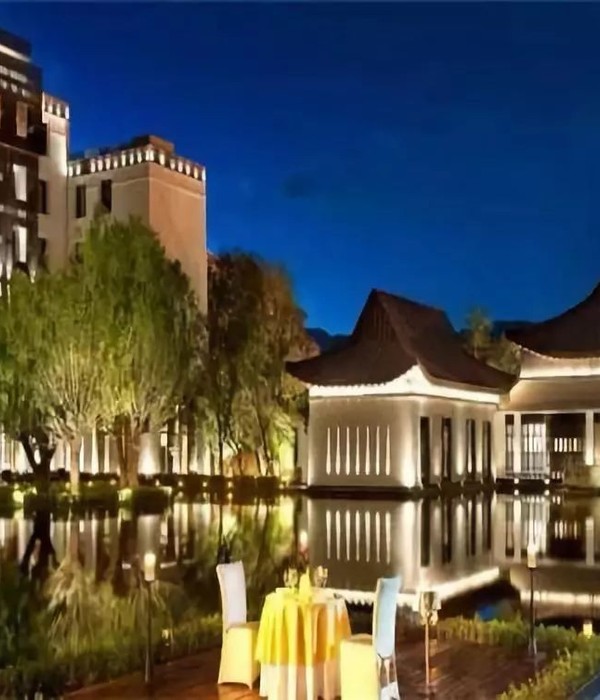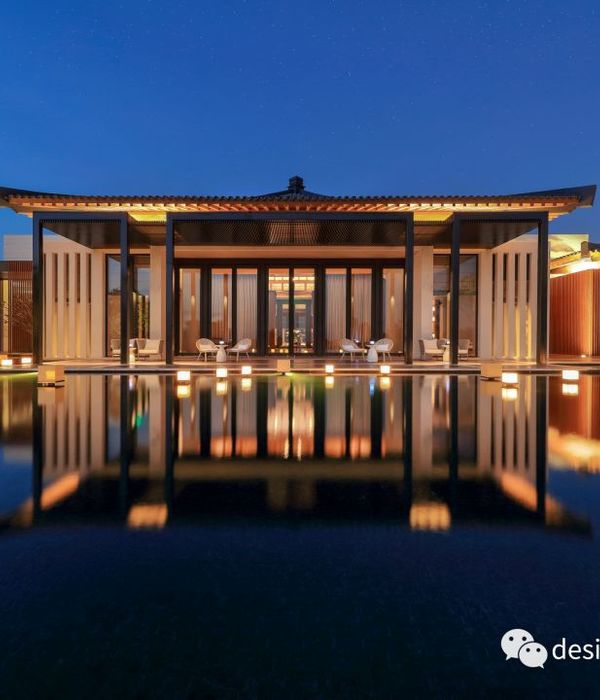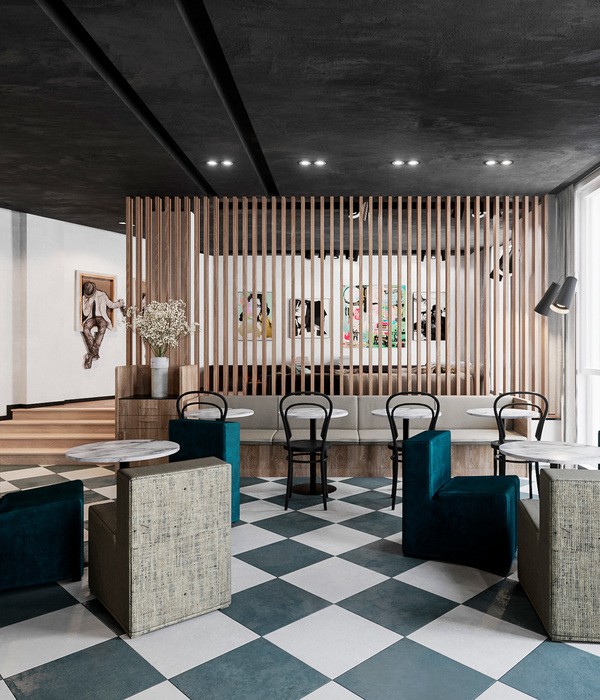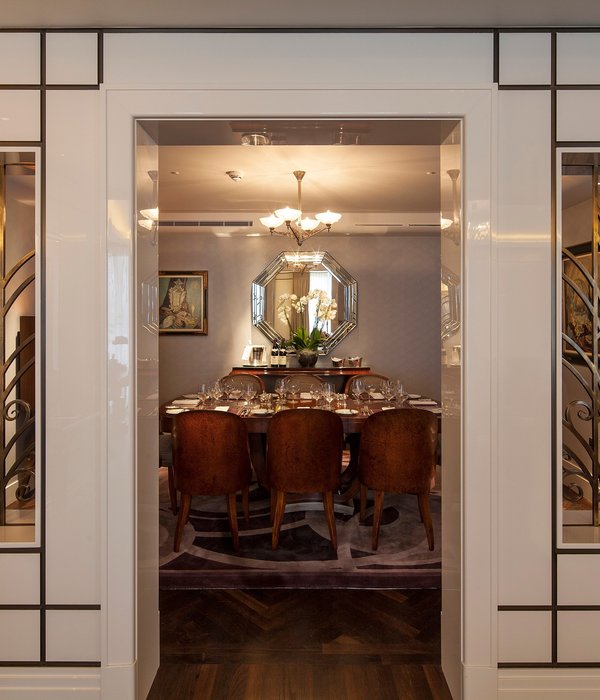Ruth Arad Design built Kedma Hotel as a khan whose outer walls blend softly into it’s desert setting, it is a sanctuary dedicated to comfort and relaxation.
Kedma Hotel is a desert hotel like no other – a luxurious and sophisticated 21st century oasis that appeals to all the senses.
The entrance reminds us of the age of fortifications. Step through it, however, and you’ll find yourself in an Aladdin’s cave of visual and textural delights.
Using Kedma’s location on the ancient Spice Route as her inspiration, Arad designed furniture, fixtures, shaded walkways, columbaria, and lighting using natural materials carried across these sands by Nabatean nomads – soft and hardwood, iron, rope, fabrics, clay, casks, chests, glass, and stone.
The lobby is where outside and inside meet. Light bulbs of Phoenician glass hang from a log ceiling, while clay pots define the lobby at floor level. The stone-hewn reception desk, plaster-built seating niches, and mashrabiya-covered lights are reminiscent of bygone eras. Softly illuminated columbarium niches add a touch of intrigue while physically separating the lounge from the lobby.
Close to the mashrabiya-backed bar an intimate seating area of low plaster-built seating, softened by cushions and pillows in earth tones, is delineated from the main lounge by curvaceous pillars and rope fronds. The bar countertop is formed from naturally curved, polished lengthwise slices of hardwood. Wall hangings, lampshades, rugs, occasional tables and footstools form part of the narrative and proudly show their origins in nature – raffia, cane, wool, wood, and sand.
The dining room with its mix of surrounds – gleaming white walls shaped into squared openings, softly-curved pillars ‘bookend’ black mashrabiya dividers and suspended hewn log ceilings, offset the hardwood oak tables and leather chairs to break a vast space into intimate dining areas, while the extended buffet bar is in full view of the kitchen.
To reach the seven accommodation blocks, one crosses a paved courtyard, shaded by fruit trees, palms and herbs, all waiting to be enjoyed from built-in loungers around the swimming pool.
In the spa, a hammam takes center stage in a stone-sculpted cavern under a ‘starry’, arched ceiling. The treatment rooms are equally distinctive in design and detail – the sinks, for example, are carved from black basalt contrasting against the softness of macramé lighting fixtures.
In the bedrooms and guest suites, the ancient is evident in modern idiom, such as woven fabrics and handmade basketry. With the lights on, macramé canopies above the beds create light and shadow geometry on the ceiling, while white-washed mashrabiya walls enclose private ‘en-suite’ terraces filled with cacti and other desert plants.
Timeless motifs abound: Washbasins are inspired by livestock troughs; logs morph into ceiling coverings where lowering or shading is required; packing cases are upcycled into storage cabinets, and clothes hang from suspended rails made of honed logs. Sandstone, softly-rounded plaster edges, flagstone floors, pottery pieces and local plants all feature in the cohesive design language to induce a sense of calm and well-being.
Design: Ruth Arad Design Photography: Assaf Pinchuk
19 Images | expand images for additional detail
{{item.text_origin}}

